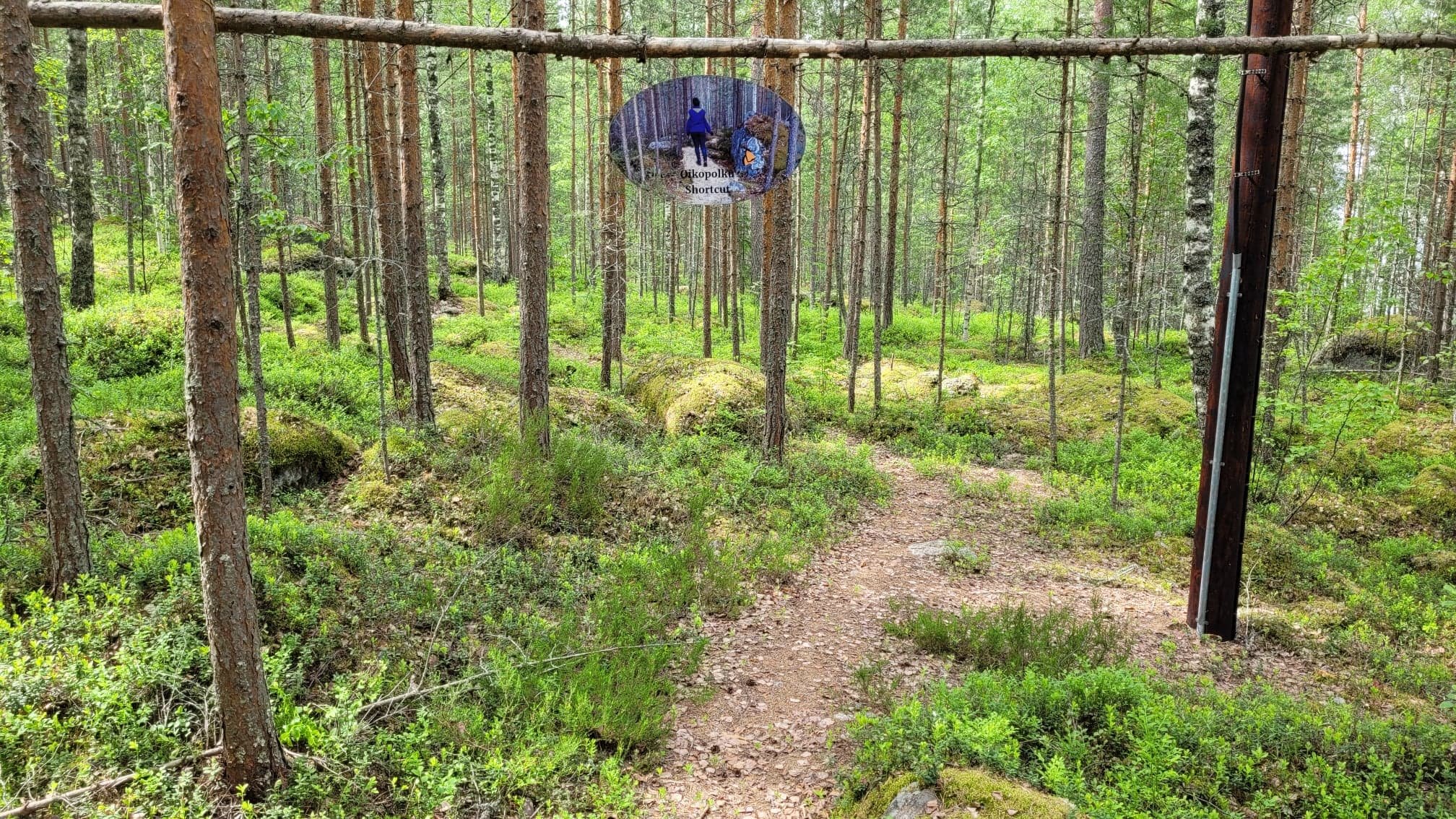
Final conference in Malta
On 14 September 2022, the Planning Authority is hosting in Malta the final conference of the ThreeT Project,
ThreeT seeks to improve the performance of 8 policy instruments to protect and enhance natural and cultural heritage by setting up thematic trails or improving existing ones, making them accessible to all through green modes of transport and readily available information. The ultimate aim is to maximize the eco-tourism potential of heritage sites. Partners share the challenge that sustainable accessibility to those sites is limited by lack of material links open to sustainable transport modes and of adequate information to ensure their visibility. This adversely affects strategies for a place-based, sustainable development of regional economies, since the potential of those sites is not being efficiently utilised.
To address such challenge, partners’ relevant experience will be shared and jointly analyzed. A minimum of 20 documented good practices will be earmarked, tailored to the specific needs of each partner and suitably fed into the Programme Policy Learning Platform. The experience learning will ultimately result in 8 Action Plans drawn.
Main benefits for the participating regions are:
- Public accessibility and forms of sustainable enhancement of cultural and natural heritage improved
- New practices on green mobility, intermodality and innovative information adopted
- Effective system for monitoring the Action Plan to assess the actual influence of its actions on regional development strategies
- Increased competence and skills of partner staff and key-stakeholders.
The project privileges a bottom up approach for Action Plan formulation with key-stakeholders being involved in all project activities. Their contribution by implementing the planned actions is expected to act as a strong multiplier lever for benefit sharing and territorial cohesion of local communities. The Stakeholder Groups established in the project will constitute a permanent forum to ensure a durable impact related to the project issue and consequent actions planned/implemented.
€1,975,561.00
Environment and resource efficiency
Tuscany ROP consists of 7 Axes with 3 main objectives including "increased competitiveness in relation to environmental sustainability". The ROP so structured appears to be very "sectorial " in pursuing its strategies, as its Axes focus on specific issues of the Regional Development Plan (PSR) and other policy instruments (e.g. Regional Transport Plan and Mobility). ThreeT-most relevant Axis is Axis 5 "Preserving and Protecting the Environment and Promoting Efficient Use of Resources", in particular S.O. RA 6.7, Action 6.7.1 which envisages cultural heritage valorisation in the perspective of sustainable development through concerted interventions at different levels also in the field of tourism and sustainable mobility. Reason of improvement is the necessity of pursuing better coordination among topics and objectives by adopting an integrated, transversal and more cross-cutting approach. This approach proposes an innovative method of protecting and enhancing cultural and natural heritage, by integrating in the policy for heritage and sustainable tourism promotion the contribution of soft mobility (Axis 4-Supporting the transition Towards a low-carbon economy in all sectors). The policy so integrated will improve the fruition of heritage, even in peripheral and island areas (difficult to connect) and mitigate the impact of seasonal tourism by fostering sustainable mobility and by introducing "experiential tourism" which enhances the journey and not just the destination.
The Regional Strategy 2040 is a strategic instrument directing the use of public funding (ESF, ERDF) in the region. It defines the most important development efforts in the region, identifies long-term development objectives and indicate economic sectors in which development is prioritised. The Regional Strategy 2040 indicates tourism, bio economy, digital economy, knowledge economy and well-being initiatives as the priority areas for development. It also covers land use planning, accessibility and regional transport where the main priorities are energy efficiency measures and sustainable green modes of transport such as biogas. The main strategy is also complemented by The Regional Cultural Environment Programme and the Regional Tourism Strategy. Local and national government authorities must take account of the Council's plans and programmes in their own operations and other actions. The strategy, however, lacks a concrete plan of action to become operative and its effectiveness is curtailed.
Other areas of possible improvements consist of the development of water/river routes (eg. the Blue Highway), sport and nature routes, in view of their tourism potential and the fact that they constitute green modes of transport.
The Policy Instrument addressed (PA5) in ERDF Operational Programme I for 2014-2020 (OPI) specifically identifies the protection of Maltese environment through investments in natural and cultural heritage as a priority area. PA5 describes the Maltese islands as possessing a unique cultural landscape with rich heritage varying from museums, fortifications, baroque architecture and archaeological sites. Cultural heritage is identified as an important niche market that contributes towards all year round tourism on the Islands. This has also been attested by the 2013 ‘Market Profile Survey’ commissioned by the Malta Tourism Authority (MTA), stating that cultural heritage is one of the Maltese major attractions, with 77.6% of tourists visiting Malta tend to prefer sightseeing, whereas 50% of tourists also make it a point to visit historical sites/museums. Whilst OPI acknowledges the importance of increased competitiveness in cultural heritage in the local tourism sector, there is however a distinct lack of focus on a tangible strategy for the creation of one or more ‘National Heritage Trails’. This is required to promote the actual individual sites, which are rich in both environmental and built heritage, consolidating their protection status, by creating greater accessibility to these sites, to be frequented and enjoyed by the general public and tourists alike. Modal links are required so as to create, facilitate, and increase accessibility from one site to the other.
Regional Operational Program for Kujawsko-Pomorskie Voivodeship 2014-2020 (ROP K-PV) consists of 11 priority axes directly related to the Regional Strategy of Development 2020 +, which is the fundamental regional policy instrument. ROP K-PV is the financial instrument for the Strategy implementation. 72 % of the Structural Funds of ROP K-PV come from ERDF, while 28 % from ESF. The most relevant for ThreeT project is Priority Axis 4 ”Environmentally friendly region”, action 4.5 ”Environmental protection”, specific objective 5 ”Enhanced mechanism of biodiversity protection in the region”. Objective 5 embraces (among others) the development and improvement of mobility for a sustainable development of areas of environmental importance.
Reasons for improvement are due to the fact that at present the existing policy instrument does not guarantee that local institutions participate in project implementation when they lack their own contribution capacity in terms of financial resources and other inputs. Therefore the Action Plan proposed should influence the policy so as to facilitate the financial assembling of contributions to be provided by those local governments interested in accessing the policy instrument in order to develop a sustainable infrastructure.
The policy instrument, approved on 27 May 2016, includes the multi-annual planning of actions in 36 programs and 5 Strategic Axes (SA) on: Tenerife 2030, Social Action, Infrastructure, Employment and Productive Sectors, Sustainability and Environment.
ThreeT-relevant programs are:
1) Program 5.9 Strategy of sustainable mobility as part of SA 5: Sustainability and Environment
2) Program 5.1 Strategy for Improvement of Natural Coastal Spaces
LA 5.1.1 Creation of a network of public use infrastructures. Completing the network of trails in coastal natural areas and their interconnection
3) Program 3.3 Program of Improvement of Cyclist Tours:
LA 3.3.1 Improvement of cycle trails highly frequented by cyclists. Enhancement of tourist attraction of this practice and enjoyment of the landscape through cycling
4) Program 4.7 Improvement of the Tourist Product
LA 4.7.1 Investments directly related to the creation or revitalization of any tourism product (bicycles, hiking ...)
Activities related to tourist signaling information and signage, improvement of trails, bike lanes and accessibility
The policy needs to address:
• Questions of normative framework that creates a situation of legal uncertainty
• Assessment of spaces for dialogue between actions that share common areas for their development
• Weakness of participatory strategies addressed to manage activities and spaces related to hiking
• How to meet the demand for improved information and tailored transport support
Brasov County Strategic Development Plan 2014-2020-2030 includes 7 (seven) main development directions. In line with ThreeT goals, two of them aim to enhance the County’s cultural, natural and economic potential, such as: developing infrastructure in areas with natural and cultural potential, promoting and capitalizing on tourist objectives, festivals and events, and supporting expansion of tourism initiative. The policy instrument has been extended with a Sectoral Strategy for Sustainable Tourism.
Furthermore, together with the Ministry of Tourism in Romania, Brasov County manages the Carpathian Sustainable Tourism Platform, responsible for adapting and implementing the Strategy for Sustainable Tourism Development of the Carpathians within the Carpathian Convention.
The reason why the chosen policy instrument should be improved comes from the need to harmonize all the above mentioned strategies with each other and with the ERDF policies – the Regional Operational Program - and put more emphasis on accessibility, green mobility and visibility of the existent thematic trails, to make them potential contributors to the County development in an eco-friendly and sustainable manner. Recently, Brasov County has developed several thematic trails which, however, lack sufficient visibility, accessibility and connectivity by means of transportation, interconnectivity to promote cycles and support eco-tourism strategy, safeguard of natural and cultural assets.
The policy instrument (PI) is Priority 1B (Using endogenous territorial potentials of tourism to increase employment) under Investment Priority 6 (Preserving and protecting the environment and promoting resource efficiency) of the Territorial and Settlement Development Operational Programme (TOP, ERDF/EFS). The PI aims to foster socially inclusive and environmentally sustainable tourism development through supporting infrastructure and service development activities of territorially integrated thematic tourism packages, thematic trails among them.
The first call opened in 2016Q1, and will be open regularly till 2020. Call conditions are to be continuously monitored and developed further. Beneficiaries are settlements, tourism service providers, NGOs, churches involved in the sector.
Several thematic packages/trails organised previously in the region lacked real territorial impact because they were solely organised along attractions and did not build up a functioning network among affected attractions and service providers based on common values and interests. Sustainable transport possibilities/services have not been considered as vital elements of these packages either, experience is scarce with using them as tools along thematic trails. The instrument should be therefore improved by using innovative green mobility modes, supported by intermodality with other transport infrastructure and ICT technologies.
The OP consists of four axis. Axis 2 emphasises on “Increasing competitiveness of SMEs and start-ups” with an IP to support SMEs in different sectors such as tourism. Axis 2 of the Hessen OP is the only axis, which emphasizes on tourism sector (relevant to ThreeT) and includes general provisions around sustainable foundations towards resource efficiency and the reduction of pollution using ERDF. It prioritises the tourism sector as an important dimension of regional competitiveness and growth. However, excepting funding provisions and ad-hoc soft measures, there are currently no dedicated mechanism within the OP to support:
• creating new & sustainable growth impulses for the economy specifically for SMEs and start-ups in the tourism sector
• bridging the low level of start-ups & SME intensity in the region focusing on sustainable tourism benefiting the existing cultural and natural heritage
The industrial heritage in Central Hessen is of utmost importance with great development potential. It can offer SMEs, Start-Ups as well as communities great opportunities to enhance the eco- friendly competitiveness of the region. The OP addresses general environmental considerations and funding priorities in the Axis 2, however there are missing links with concrete environmental measures (i.e. investment priorities for green mobility) as well as limited attention to intersectoral dimensions which could be attended by influencing Axis 4 now giving emphasis to green urban mobility only

On 14 September 2022, the Planning Authority is hosting in Malta the final conference of the ThreeT Project,
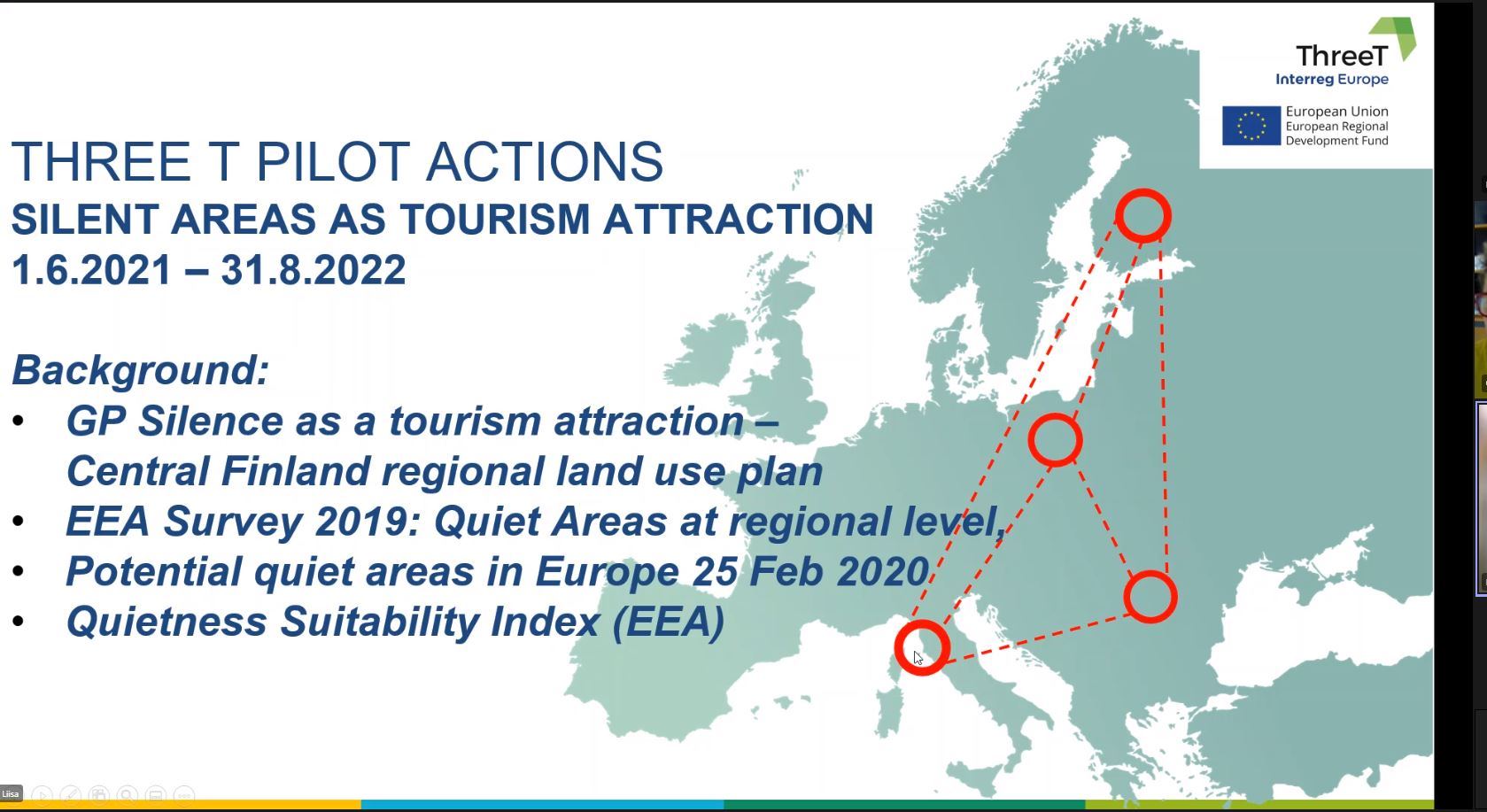
Three Pilot Actions on Silent Areas as Tourist Attraction now on the move - supported by EEA/ETC
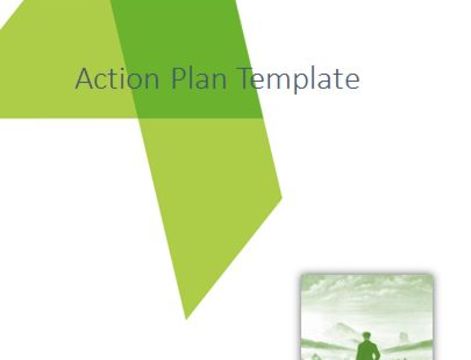
8 Action Plans prepared by ThreeT partners now approved and published in this website
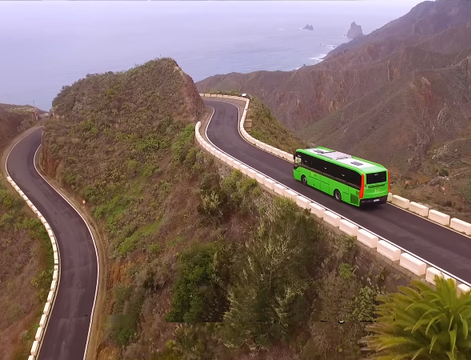
8th Study Visit of ThreeT project in Tenerife
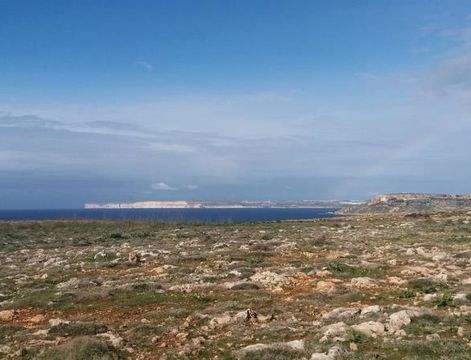
ThreeT Study Visit n.7 in Malta

Territorial Context Analysis reports, presentations of Good Practices documented for Workshop n. 2 in Romania, plus 3 Study Visit reports
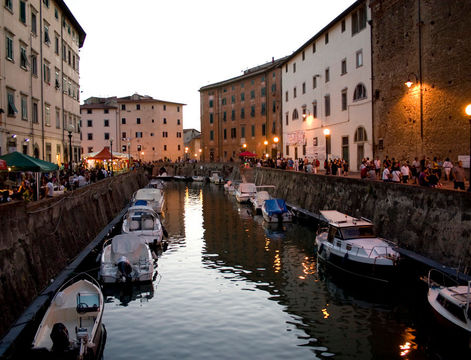
ThreeT project 6th Study Visit is approaching! From 28 to 30 of October partners and their stakeholders will meet in in Livorno province, Tuscany (Italy).
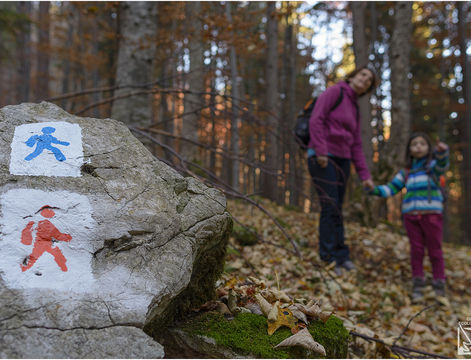
ThreeT project’s 5th Study visit - From 8th to 10th of October the partners and their stakeholders will meet in Brasov County, Romania.
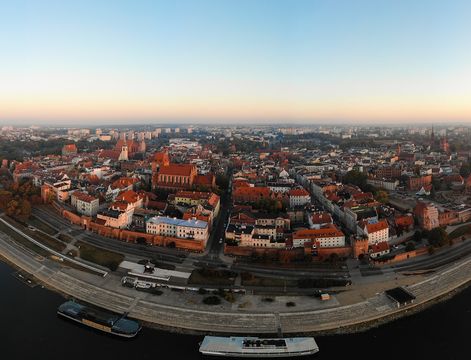
ThreeT project is holding its 4th Study Visit from 17th to 19th September 2019 in Kujawsko-Pomorskie Region, Poland.
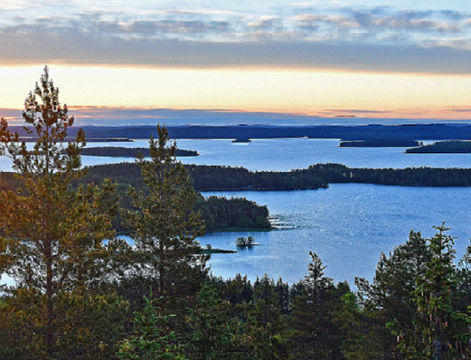
The third Study Visit of Three T -project is on 3rd to 5th June in Central Finland.